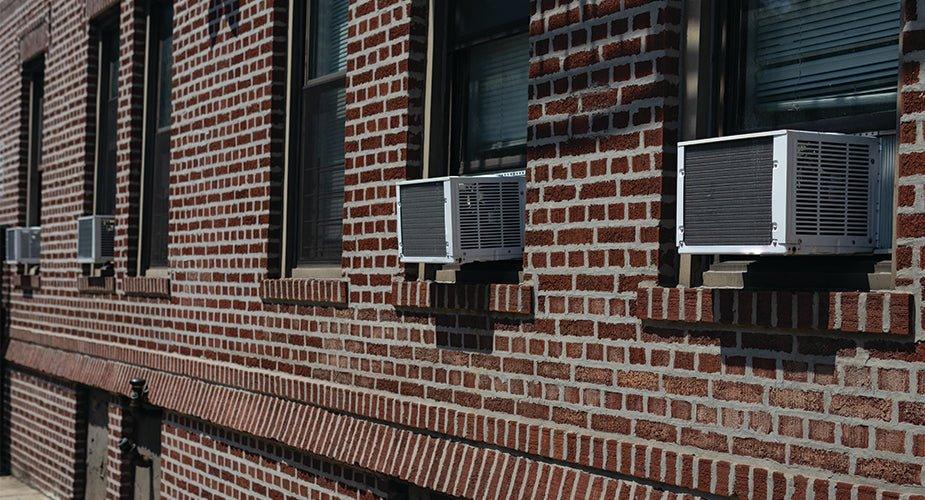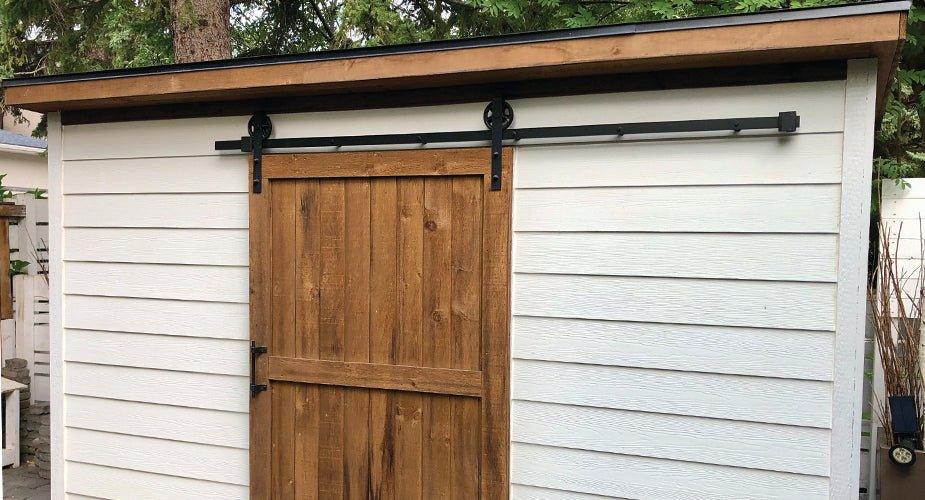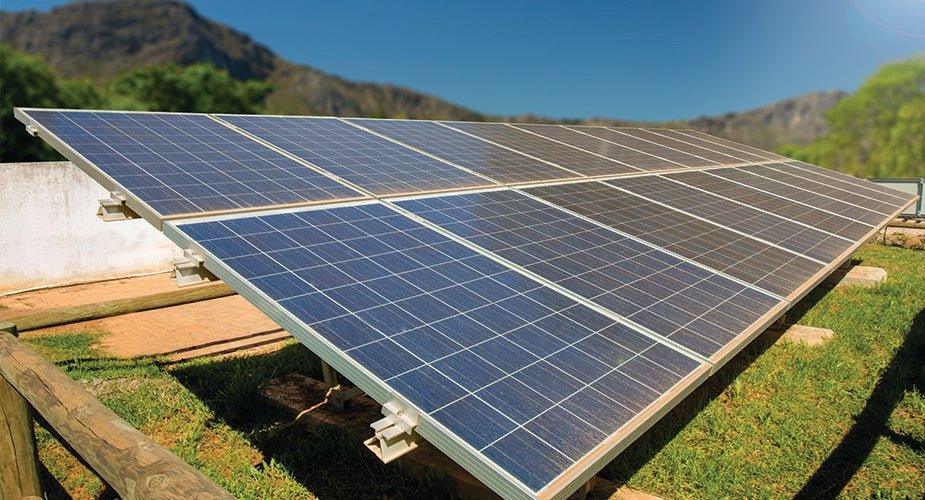Table of Content [ Show ]
As temperatures soar, many households turn to window air conditioners (AC) to keep their spaces cool and comfortable. However, one of the primary concerns for AC users or potential buyers is the energy consumption of these appliances. This is why understanding the power requirements of a window AC unit is important. It is beneficial for managing electricity bills and for making energy-efficient choices about home cooling systems.
This article will thoroughly explore the specifics of how many watts a window AC use as well as factors like BTU ratings and electricity consumption to understand how it affects the monthly energy bill.
Factors that Influence the Energy Consumption of a Window AC
As with other electrical appliances, the energy consumption of a window AC is measured in watts (W), which indicates the rate at which it uses electrical power. If you're wondering how many watts a window AC use, factors like the British Thermal Unit (BTU) and the Energy Efficiency Ratio (EER) play a key role in determining its wattage.
The British Thermal Unit (BTU) rating is an important parameter that measures the cooling capacity of an air conditioner. It is the amount of heat that an AC unit can expel from an indoor space per hour. Higher BTU ratings generally imply greater cooling power but also potentially higher energy consumption. Window air conditioners typically range from 5,000 to 12, 000 BTUs. You can calculate the BTU requirement of the space that you want to put your AC in manually or you can use this online calculator.
BTU Rating and Watts
The relationship between BTUs and Watts in an air conditioning unit can vary based on the efficiency and specific model of the appliance. To know how many watts an AC unit consumes, keep in mind that 1 BTU is equivalent to 0.293 Watts.
5000 BTU x 0.293W = 1,465W
Multiplying a 5000 BTU window AC unit by 0.293 watts would give you the approximate power consumption in watts which is 1,465 Watts (W) or 1.465 kilowatts (kW) per hour. This estimation helps gauge the electrical power required by the air conditioning unit to deliver its cooling capacity.
Energy Efficiency Ratio (EER)
The Energy Efficiency Ratio is another factor to consider when evaluating a window AC's energy consumption or wattage. Higher EER ratings have greater energy efficiency which indicates that the AC can deliver more cooling output per watt of electricity used.
For example, you have two window AC units in separate rooms: Unit A has an EER of 10, while Unit B has an EER of 12. Unit B's higher EER shows superior energy efficiency which means that it can deliver more cooling output for each watt of electricity used compared to Unit A. Opting for higher EER-rated AC units can lead to reduced energy bills and a smaller environmental footprint.
Understanding Electricity Usage
Window AC units consume electricity based on their usage duration and the settings at which they operate. If you're wondering how many watts a window AC unit use, keep in mind that while the wattage provides an average power consumption, the actual energy usage can fluctuate depending on usage hours, thermostat settings, and the unit’s maintenance and room insulation.
- Duration of AC Usage - The number of hours the AC is operational significantly impacts its electricity consumption. Continuous usage or running the AC for extended periods will naturally lead to higher electricity bills.
- Thermostat Settings - In terms of the thermostat settings, lower settings (colder temperatures) typically consume more energy because the AC needs to work harder to maintain lower temperatures. If you want to reduce energy consumption, you can set the thermostat at a higher temperature whenever possible as long as it does not significantly compromise the comfort level of the people in the room.
- Maintenance and Insulation - Cleaning or replacing filters are some of the basic ways to properly maintain an AC unit. Additionally, you can check if there is good insulation in the room to optimize the performance of your window AC unit and potentially reduce your energy consumption. You can try the following to maintain good insulation in a room with an AC unit:
- Seal air leaks around windows, doors, and walls.
- Use curtains or shades to block excess sunlight.
- Ensure ductwork is properly sealed and insulated.
- Insulate the attic to prevent heat buildup.
- Use door draft stoppers to prevent warm air infiltration.
- Consider adding insulation to walls for better temperature control.
Calculating Energy Consumption
You can use this guide to estimate the electricity usage of a window AC:
Energy Consumption (in kWh) = Power Consumption (in kW) × Time (in hours)
Here is a sample computation of the estimated energy consumption and costs of a window air conditioner (5000 BTU with EER of 10) in the US with an estimated $0.23 per kWh average electricity rate.
|
BTU Rating |
Power Consumption (Watts) |
Power Consumption (kW) |
Daily Energy Consumption (kWh) |
Estimated Daily Cost* |
Estimated Monthly Cost* |
|
5,000 |
1465 |
1.465 |
8.79 |
$2.02 |
$60.60 |
|
8,000 |
2344 |
2.344 |
14.07 |
$3.24 |
$97.20 |
|
12,000 |
2930 |
2.930 |
17.58 |
$4.04 |
$121.20 |
|
18,000 |
3516 |
3.516 |
21.10 |
$4.85 |
$145.50 |
*Estimated daily and monthly cost use a 6-hour daily usage and $0.23 per kWh average electricity rate. Costs may differ due to regional rates and usage habits. Compatible room sizes are estimates and can vary based on insulation, ceiling height, and location.
Energy-Saving Tips for Window AC Users
Choose units with higher EER ratings for improved energy efficiency.
Use programmable thermostats to regulate temperatures and reduce unnecessary cooling when rooms are unoccupied.
Maintain regular servicing to keep the optimal functioning of the AC.
Embrace solar solutions like Nature's Generator's products for cleaner energy and reduced reliance on the grid.
Nature's Generator Solar Solutions for Your Energy Needs
Nature's Generator offers a diverse range of solar products designed for residential use. Nature’s Generator Powerhouse enables homeowners to effectively capture and convert solar energy into clean, renewable power. These solutions help households offset electricity consumption, especially during peak AC usage which reduces reliance on the grid. It also stores surplus solar energy for uninterrupted power, even after sunset or during unforeseen outages.
Furthermore, using Nature's Generator's solar products might help homeowners benefit from federal tax credits and state incentives designed to encourage renewable energy use. If you're also curious about how many watts a window AC unit use, incorporating solar power can offset its energy consumption, leading to lower energy bills and reduced environmental impact, contributing to a more sustainable energy future.
Final Thoughts
Window air conditioners offer a convenient cooling solution, but their energy consumption is a significant consideration for users who are mindful of their electricity usage. Understanding how many watts a window AC use allows homeowners the ability to optimize their comfort while minimizing energy costs. Contact us for further guidance on adopting sustainable energy solutions and we can help you find the whole-home power backup that is right for you.
* We want to give credit where credit is due. Professional writer, Shobe Cruz, contributed research and content to this blog titled: How Many Watts Does a Window AC Use Thank you, Shobe, for your contributions!






 10,000W LIFEPO4
10,000W LIFEPO4









